 When I was teaching for Writers Digest School many of my students were good at dialogue but often forgot to let the reader know and "see" where the conversations and action were taking place. Setting consists of the time, place and mood of a story and can help shape your story idea.
When I was teaching for Writers Digest School many of my students were good at dialogue but often forgot to let the reader know and "see" where the conversations and action were taking place. Setting consists of the time, place and mood of a story and can help shape your story idea.You always need to know where your story is taking place. Is it going to be in a real place? If so, it is important that you know everything about that place so a reader won’t be thrown out of the story by something being wrong. If the setting is fictional, will it be more vivid than an actual place? My Deputy Tempe Crabtree mystery series is set in a place much like where I live.
However, I changed the name and moved the town of Bear Creek about 1000 feet higher in the mountains because I wanted better trees. At least that’s what I always say, but what I really wanted was to be able to move the geography around a bit and change some of the places that my characters frequent. (Judgment Fire and Calling the Dead.)
When making up a place, you definitely need enough details to be convincing. This is particularly true for science fiction and fantasy. The Harry Potter books are probably the best example of this.
Romances often are set in exotic or faraway places, large cities with mansions and expensive restaurants, in unusual and interesting businesses. Settings are extremely important to the plots.
Any historical novel or story should contain lots of period detail, what the houses and furniture are like, the food that’s eaten along with other details of daily living. What happens must be accurate for the time period.
When writing suspense or mysteries, the physical setting should somehow contribute to the suspense. It can darken the mood through the descriptions of the locations and the weather.
Science fiction might be a future far advanced from the present, but it must be believable. Often in science fiction the plot will develop from the setting.
Be careful not to put too much description of the setting in. You want just enough to convey the essence of the place. Years ago I edited a wonderfully written novel about a soldier’s experience in Vietnam during the war. The author wrote pages and pages of description of the jungle, leaf by leaf. It was wonderfully written, but there was just too much. The reader would have been able to "see" the scene with about 1/4 of what was written. Unfortunately, the author was too much in love with his words to get rid of any of them and a wonderful story never found a publisher.
Don’t forget to add weather, smells, and how things feel. Put color into your descriptions.
A writer who does an exceptional job describing Louisiana and other locations, using all the senses to do it, is James Lee Burke. Though his mysteries are dark and often brutal, the descriptions of the places are poetic and lyrical in flavor.
The setting should be the back-bone of your story. It can move a plot forward, create atmosphere or tension, and it also can affect a change in your character. If you think of your novel or story as a movie in your head, viewing the setting of each scene as your character acts and reacts, seeing and experiencing everything through your character’s eyes, that’s what you want to get down on paper in such a convincing manner that the reader will see the same movie.
--Marilyn Meredith
Author of JUDGMENT FIRE
http://www.fictionforyou.com/
http://www.marilynmeredith.blogspot.com/
*****












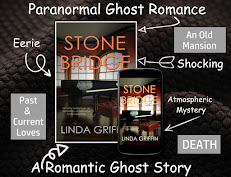
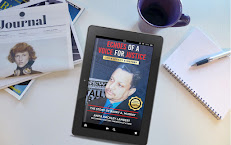


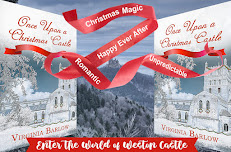

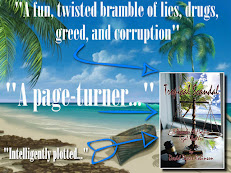

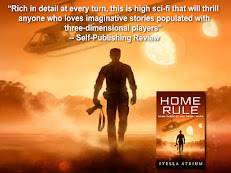



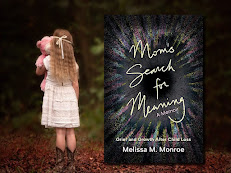



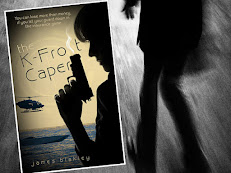
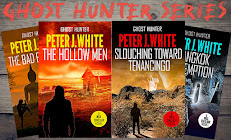
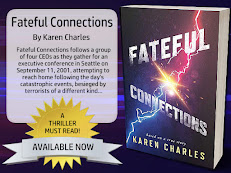
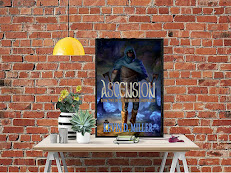






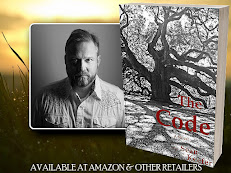

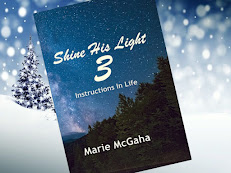

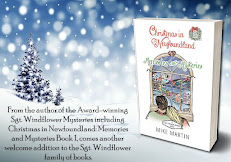



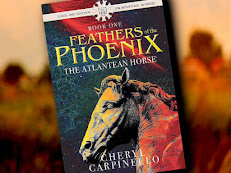
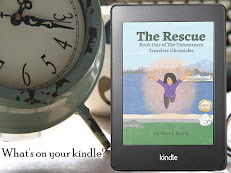



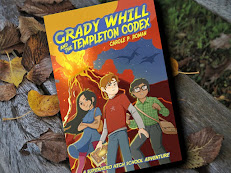






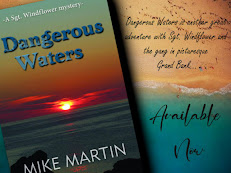



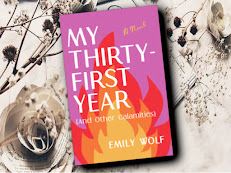
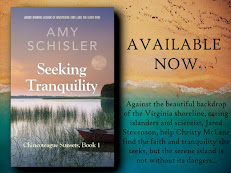
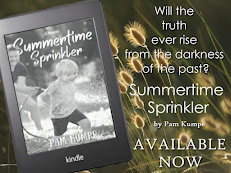

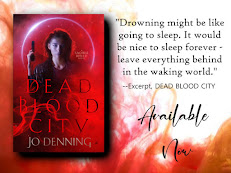


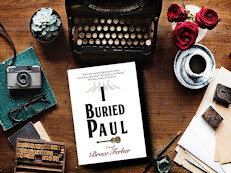
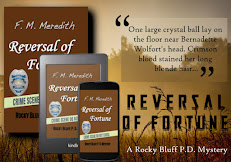


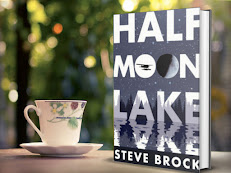





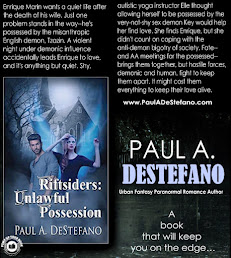







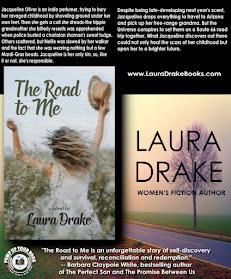



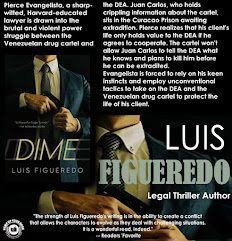



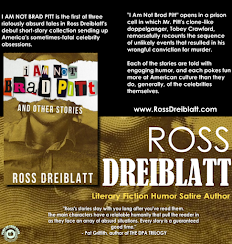
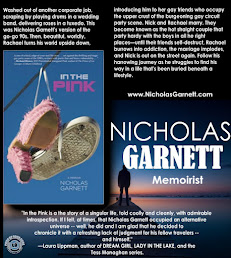





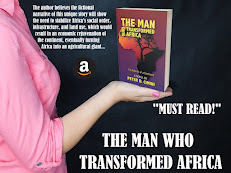

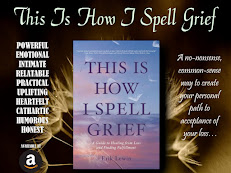



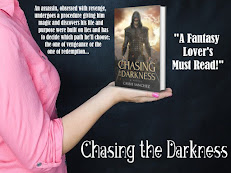
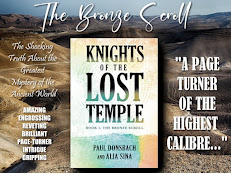
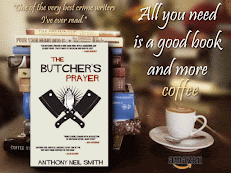


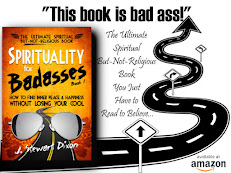


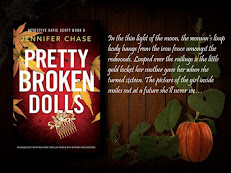
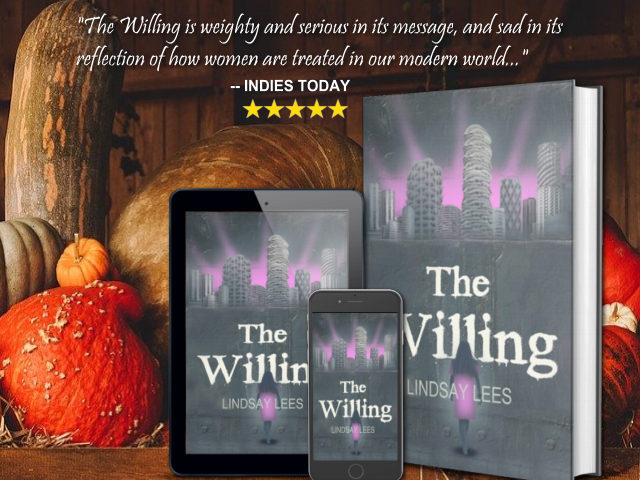

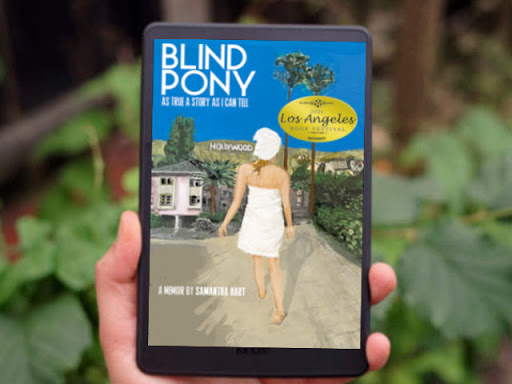
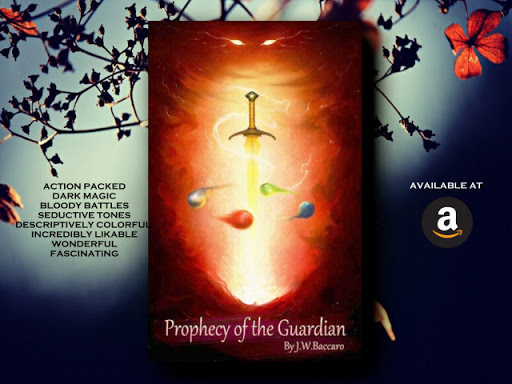


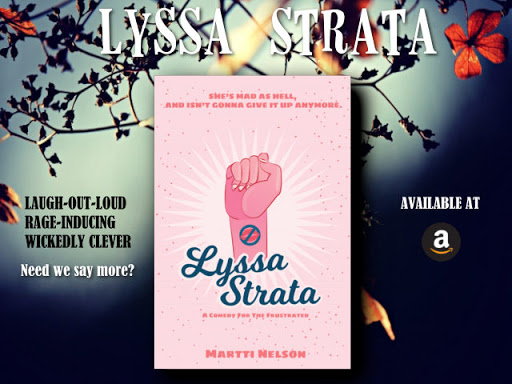
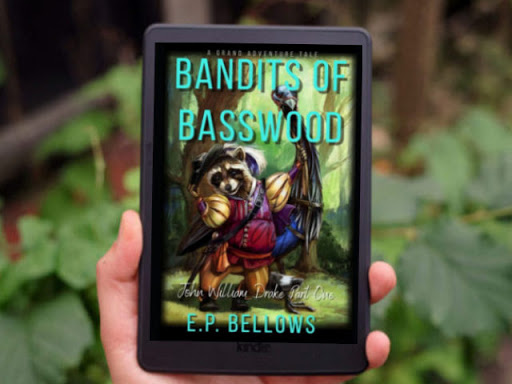



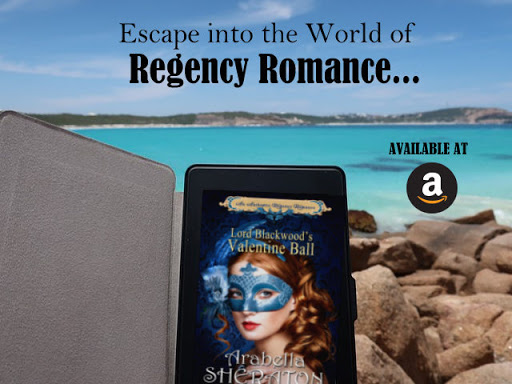

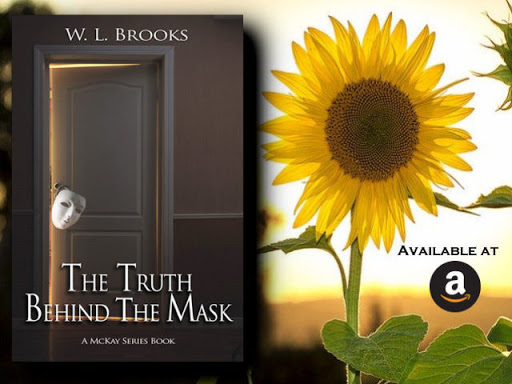



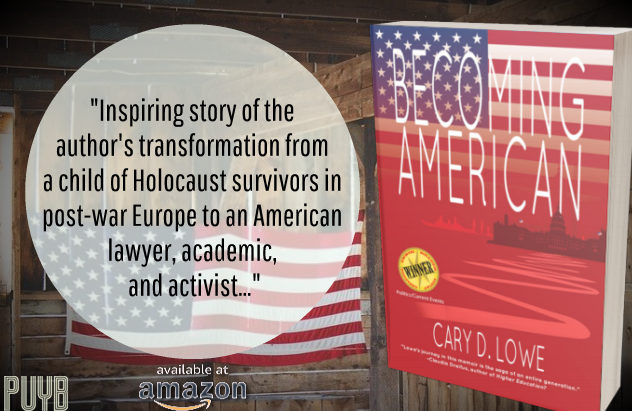
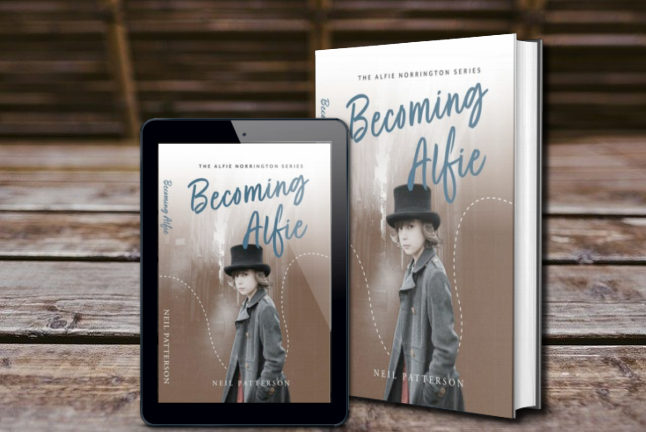

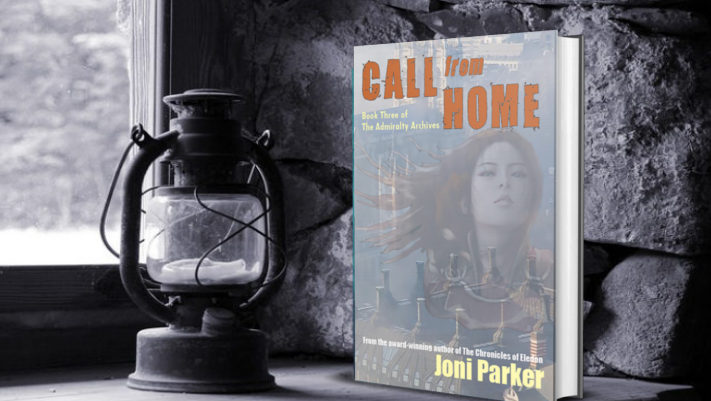

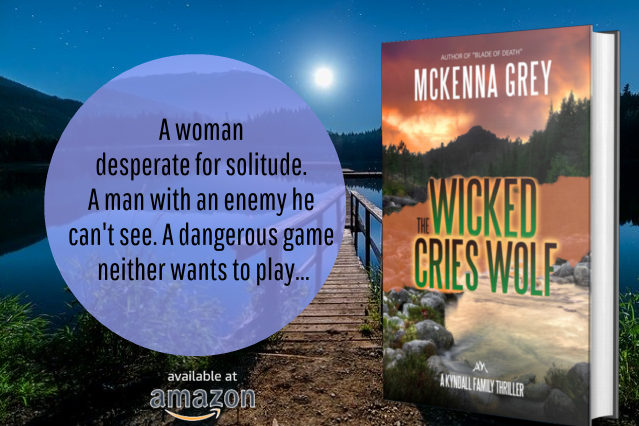
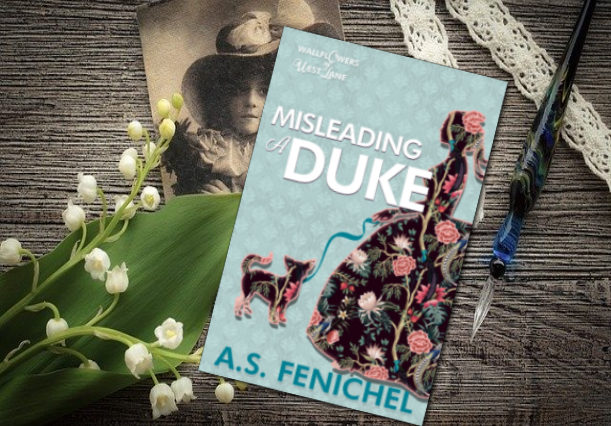
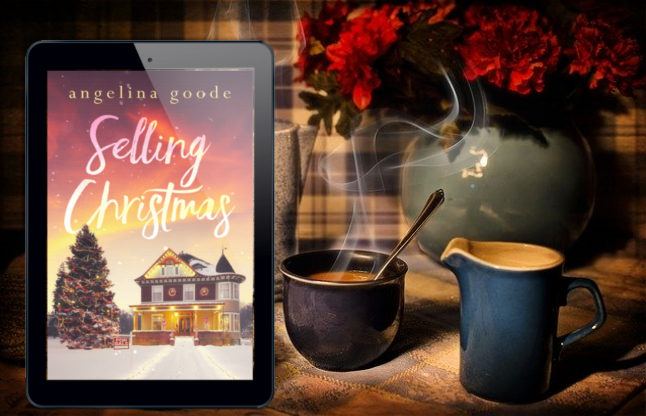
No comments:
Post a Comment